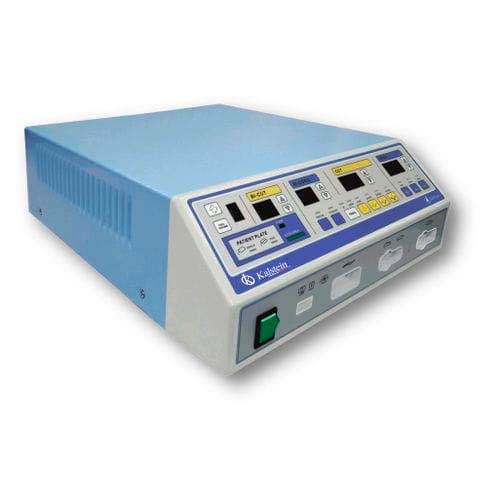A fluorometer is a piece of equipment that allows the analysis, identification and quantification of chemical substances with molecules capable of presenting fluorescence, using the technique of fluorescence spectrophotometry or fluorometry. We can say that this equipment is a special optical device used in laboratories, capable of measuring the fluorescent quality of biological or mineral samples. Among the applications where a fluorometer is used, we can mention the following:
- Protein dynamics.
- Quantitative analysis.
- Cell membrane studies.
- The kinetics of enzymes.
- Carbon nanostructures.
- Characterization of fluorescent probes.
- Short-term phosphorescence measurements.
- Thermal stability measurements.
Structure of a fluorometer
A fluorometer has several key components. It has an input source for ordinary visible light, and this light passes through an excitation filter that allows only specific wavelengths to impact the sample cell of the material under study. When this material, whether organic or inorganic, is bombarded by these controlled wavelengths of light, they emit fluorescence, emitting its own characteristic light that then passes through an emission filter. The emissions are read by a light detector that produces a reading for the observer to know how the sample is reacting and what its content is.
The fluorescence mechanism is marked by three sequential steps, respectively called absorption (1), non-radiative dissipation (2) and emission (3). The phenomenon of fluorescence has many practical applications, among which are for example analysis in mineralogy, gemology, chemical sensors (fluorescent spectroscopy), pigments and inks, biological detectors and fluorescent lamps.
What is a spectrophotometer?
A spectrophotometer is a piece of equipment that measures how much light a substance absorbs. Its efficiency, resolution, sensitivity and spectral range will depend on the design variables and the selection of the optical components that comprise it. Spectrophotometry is the quantitative measurement of the transmission properties of a material based on the light wave.
It is used to measure certain compounds, such as a drug, to ensure that it is effective and safe for consumers. You can measure bacterial growth or diagnose a patient based on their urine. It is also used in DNA, RNA, and protein analysis.
These kits give us information about the nature of the substance in the sample, because each substance has a particular three-dimensional arrangement of atoms that makes each substance have unique characteristics. It also tells us how much of the substance we are interested in is present in the sample. The concentration is proportional to the absorbance, according to the Beer-Lambert Law: the more molecules present in the sample, the greater the amount of energy absorbed by their electrons. The spectrophotometer measures the absorbance of a sample in the ultraviolet and visible light spectra (200 to 850 nm).
Structure of a spectrophotometer
- Light source: It illuminates the sample. It must meet the conditions of stability, directionality, continuous spectral energy distribution, and long life. The sources used are tungsten lamp and xenon arc lamp.
- Monochromator: It is a device that allows obtaining monochromatic light, and is made up of the entrance and exit slits, collimators and the dispersion element. It isolates the radiation of the desired wavelength that is incident or reflected from the assembly.
- Photodetectors: In modern instruments there is a series of 16 photodetectors to simultaneously perceive the signal in 16 wavelengths, covering the visible spectrum.
At Kalstein we are MANUFACTURERS and we offer you excellent fluorometers and spectrophotometers, at the best PRICES. That is why we invite you to take a look at the Products HERE and HERE.



